
Understanding Industry Standards and Challenges in Sourcing the Best Lsig Circuit Breaker Globally
In today's rapidly evolving electrical industry, the selection of components like the Lsig Circuit Breaker has become increasingly crucial for ensuring safety and efficiency in power distribution systems. According to the International Electrotechnical Commission (IEC), circuit breakers are essential for protecting electrical circuits from overloads and short circuits, a necessity that drives their market demand. The global circuit breaker market is projected to grow from $10 billion in 2022 to over $15 billion by 2027, reflecting a compound annual growth rate (CAGR) of around 8%. However, sourcing the best Lsig Circuit Breakers presents unique challenges, including varying compliance standards, supply chain disruptions, and differing manufacturer quality. Understanding these industry standards and navigating these challenges is essential for companies seeking reliable and efficient circuit protection solutions. This blog aims to explore these dynamics and offer insights into best practices for sourcing the most effective Lsig Circuit Breakers globally.

Global Market Overview of Lsig Circuit Breakers and Projected Growth Through 2025
The global market for Lsig circuit breakers is set for significant growth, projected to expand from $5.39 billion in 2025 to $9.13 billion by 2032, reflecting a compound annual growth rate (CAGR) of 7.81%. This growth is driven by increasing investments in green energy projects and the need for reliable circuit protection solutions in diverse applications. As industries pivot towards sustainable practices, the demand for advanced circuit breakers capable of handling unique load conditions and ensuring electrical safety is on the rise.
Moreover, the air circuit breaker sector exhibits promising trends, with a projected market size reaching $10.25 billion by 2034, growing at a CAGR of 3.49%. Similarly, the molded case circuit breaker market is expected to see robust development, estimated to grow at a CAGR exceeding 8.4% from 2025 to 2034. These figures indicate a broader shift within the circuit breaker market that aligns with the global emphasis on innovation and efficiency in electrical systems, reinforcing the importance of sourcing high-quality circuit breakers tailored to the evolving industrial landscape.
Key Industry Standards Shaping the Sourcing of Lsig Circuit Breakers Globally
In the rapidly evolving landscape of electrical infrastructure, understanding the key industry standards shaping the sourcing of Lsig circuit breakers is crucial for ensuring safety and reliability. These standards dictate the performance and protection levels required in various applications, making it essential for sourcing professionals to stay updated.
Stricter regulatory frameworks demand that circuit breakers not only comply with safety regulations but also integrate seamlessly with automated systems, ensuring fail-safe power distribution.
When sourcing Lsig circuit breakers, it’s imperative to prioritize suppliers who demonstrate compliance with established industry standards. This not only mitigates risk but also enhances operational efficiency.
Tip: Always ask manufacturers for certification documentation that verifies adherence to relevant standards. Additionally, consider the specific environment and application requirements, as this can influence the necessary specifications of the circuit breaker.
As automation increases, the need for reliable power distribution becomes even more prevalent. Understanding the challenges that come with sourcing circuit breakers, including compatibility with various automated systems, is vital.
Tip: Engage with vendors that offer comprehensive support and guidance through the selection process to ensure the circuit breakers meet both current and future technological demands. By being proactive in sourcing, companies can enhance their infrastructure's resilience and efficiency.
Top Challenges in Sourcing Quality Lsig Circuit Breakers Across Different Regions
Sourcing quality Lsig circuit breakers can be fraught with challenges that vary significantly across different regions. One of the primary obstacles is the disparity in industry standards and regulations. For instance, the International Electrotechnical Commission (IEC) sets certain benchmarks, but many regions, particularly those with emerging markets, may adopt less stringent regulations. This inconsistency can lead to difficulties in ensuring that products meet the required safety and performance levels. A report from the Electrical Safety Foundation International highlights that approximately 29% of circuit breaker failures are due to non-compliance with local standards, emphasizing the critical need for thorough supplier assessment.
Another significant challenge is the fluctuation of supply chain dynamics. According to a report from Frost & Sullivan, around 70% of manufacturers face supply chain disruptions that impact the availability of vital components like circuit breakers. This is exacerbated by increasing globalization, where sourcing decisions may overlook local suppliers who could offer more reliable service. Additionally, manufacturers often struggle with varying lead times, which can differ widely across regions—an issue that not only complicates inventory management but also affects project timelines and budgets. As the demand for high-quality Lsig circuit breakers grows, understanding these regional challenges becomes paramount for companies aiming to maintain their competitive edge.
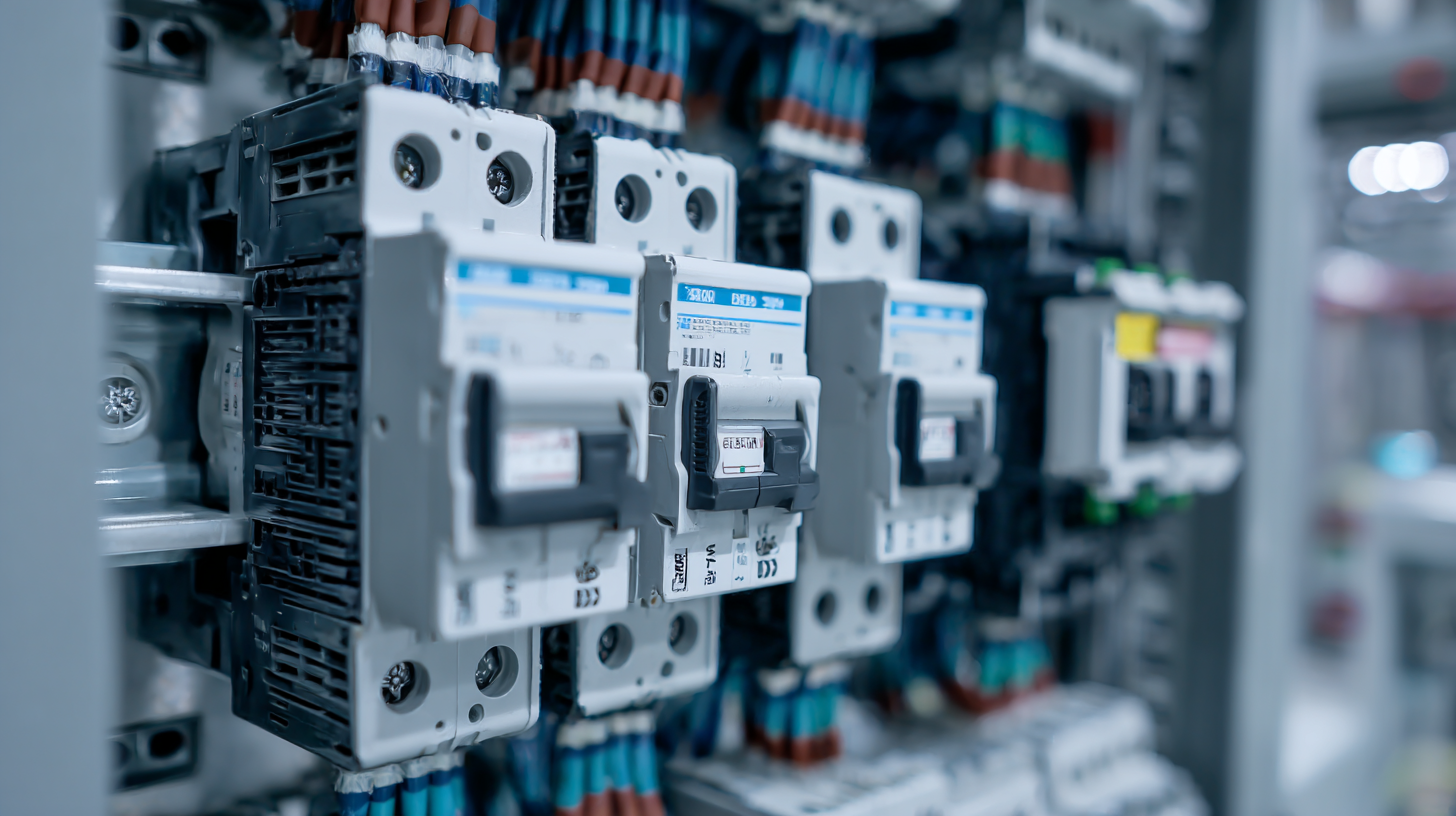
Innovative Strategies for Enhancing Supply Chain Efficiency in Circuit Breaker Procurement
In the complex landscape of circuit breaker procurement, enhancing supply chain efficiency is crucial for organizations aiming to secure the best Lsig circuit breakers. Innovative sourcing strategies are required to navigate industry standards and meet evolving demands. One effective approach is to leverage advanced analytics and data-driven decision-making to optimize inventory levels and supplier selection. By utilizing real-time market insights, companies can minimize lead times and ensure product availability, significantly improving their operational responsiveness.
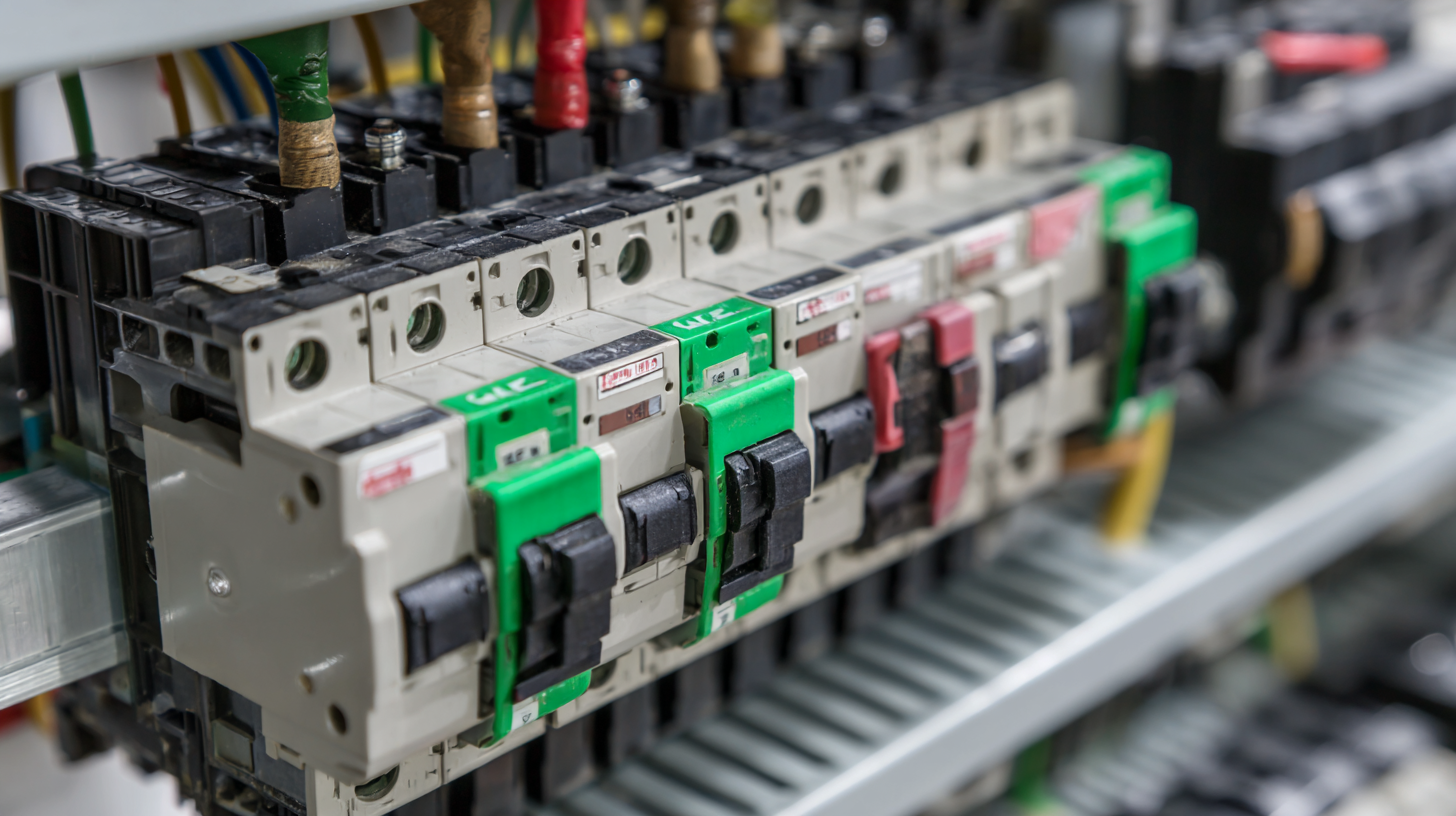
Collaboration with manufacturers and suppliers also plays a vital role in streamlining the procurement process. Establishing long-term partnerships can lead to more favorable terms and enhanced communication, allowing businesses to quickly adapt to fluctuations in supply and demand. Implementing digital platforms that facilitate communication and order tracking further empowers organizations to manage their supply chains more effectively. These strategies not only reduce costs but also enhance the overall reliability of sourcing the best Lsig circuit breakers globally, ensuring that organizations remain competitive in a rapidly evolving market.
Future Technologies Impacting Lsig Circuit Breaker Design and Performance Standards
The design and performance standards of LSIG circuit breakers are evolving rapidly, influenced by emerging technologies that revolutionize the electrical industry. As we look to the future, innovations such as smart grids and the Internet of Things (IoT) are playing a pivotal role in enhancing circuit breaker functionalities. These technologies are not only improving energy efficiency but also enabling real-time monitoring and diagnostics, which are crucial for preventing electrical failures in industrial settings.
Moreover, advanced materials and manufacturing techniques are critical in the development of LSIG circuit breakers. With the rise of sustainable practices, the use of eco-friendly materials reduces the environmental impact while maintaining high performance. Incorporating artificial intelligence and machine learning algorithms into circuit breaker systems further optimizes their operation, allowing for predictive maintenance and increased safety. As these technologies continue to advance, it is essential for manufacturers to adapt and ensure compliance with evolving industry standards, ultimately leading to safer, more efficient electrical systems worldwide.

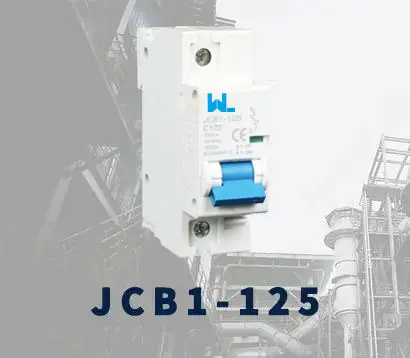 JCB1-125
JCB1-125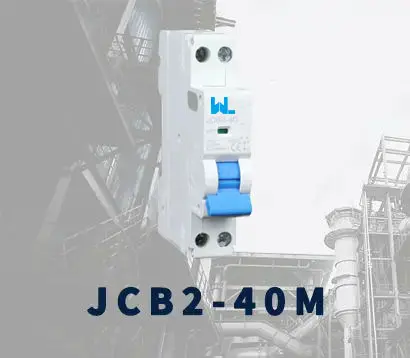 JCB2-40M
JCB2-40M JCB3-63DC
JCB3-63DC JCB3-80H
JCB3-80H JCB3-80M
JCB3-80M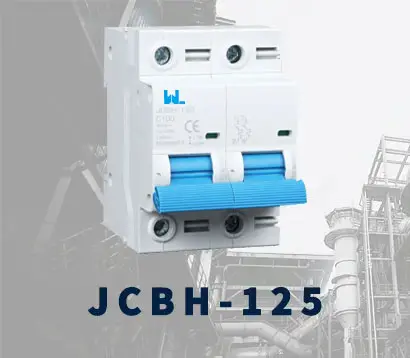 JCBH-125
JCBH-125 JC125-4P
JC125-4P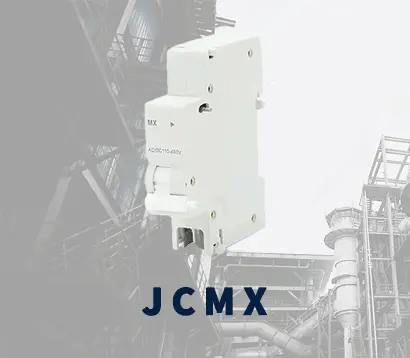 JCMX
JCMX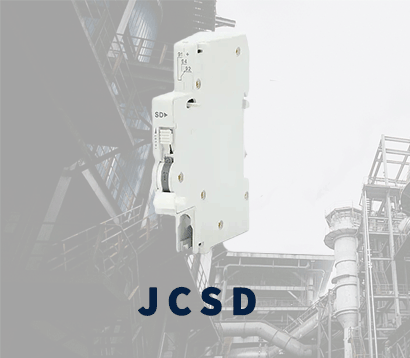 JCSD
JCSD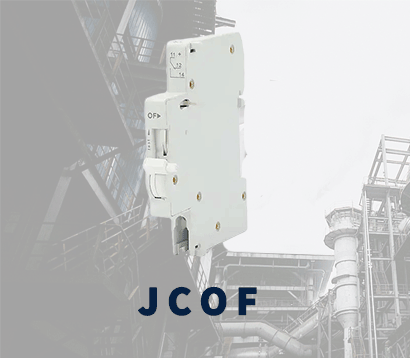 JCOF
JCOF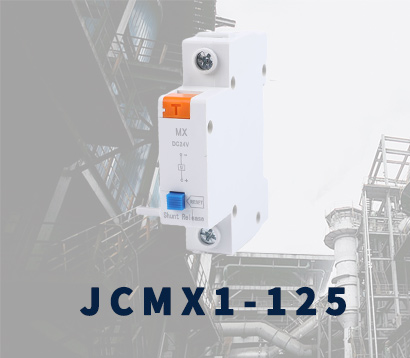 JCMX1-125
JCMX1-125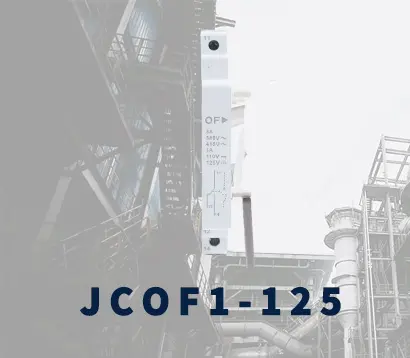 JCOF1-125
JCOF1-125 JCSD1-125
JCSD1-125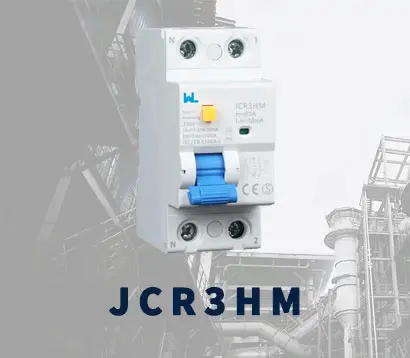 JCR3HM
JCR3HM JCRD2-125
JCRD2-125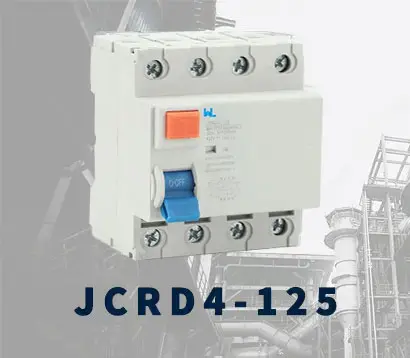 JCRD4-125
JCRD4-125 JCRB2-100
JCRB2-100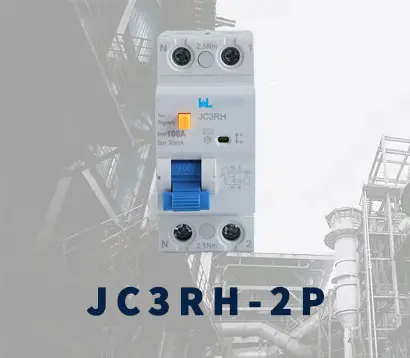 JC3RH-2P
JC3RH-2P JC3RH-S
JC3RH-S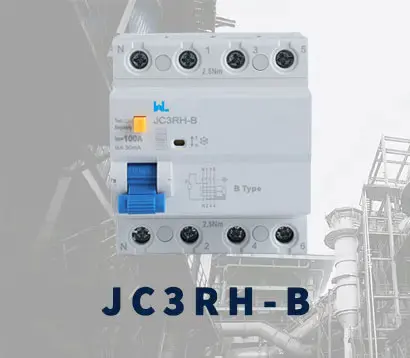 JC3RH-B
JC3RH-B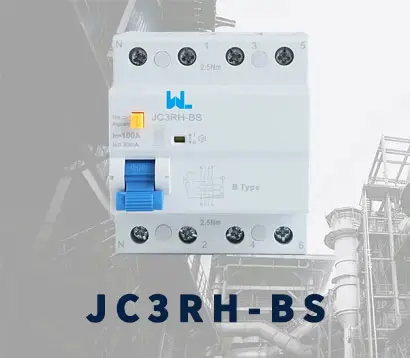 JC3RH-BS
JC3RH-BS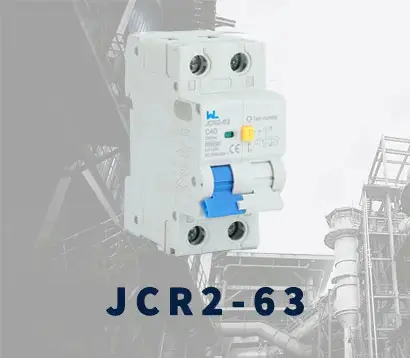 JCR2-63
JCR2-63 JCR1-40
JCR1-40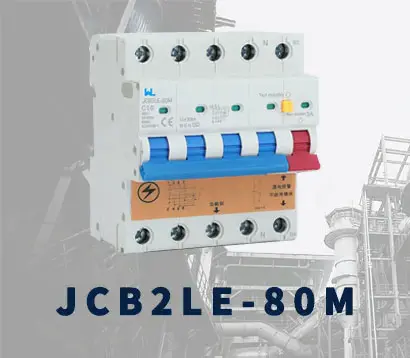 JCB2LE-80M
JCB2LE-80M JCB2LE-80M
JCB2LE-80M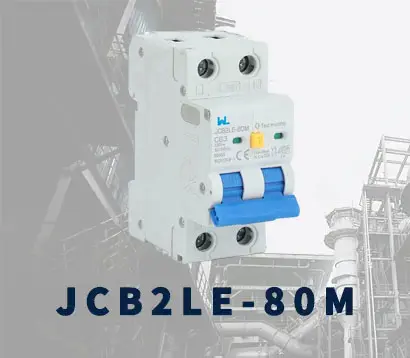 JCB2LE-80M
JCB2LE-80M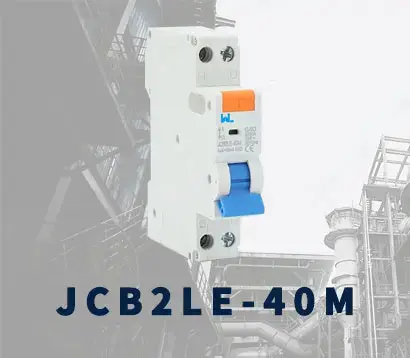 JCB2LE-40M
JCB2LE-40M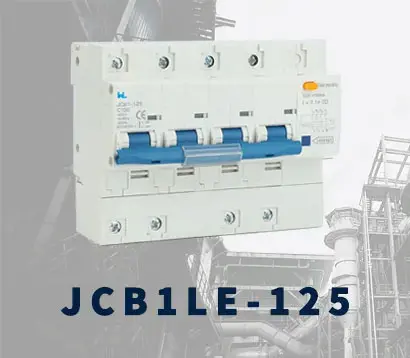 JCB1LE-125
JCB1LE-125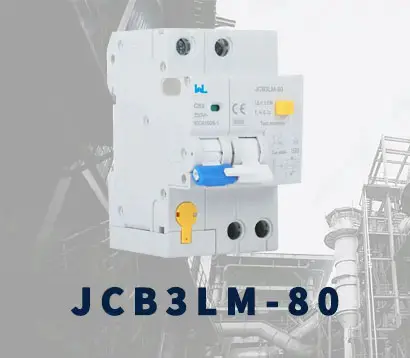 JCB3LM-80
JCB3LM-80 JCH2-125
JCH2-125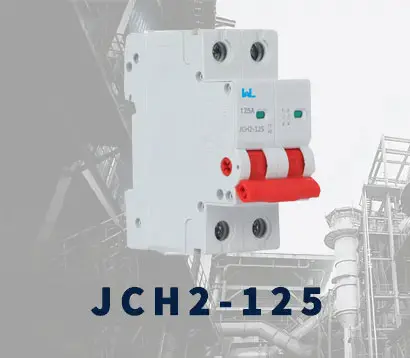 JCH2-125
JCH2-125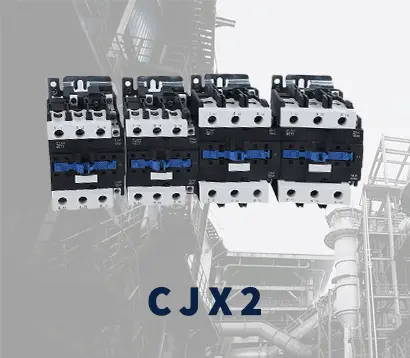 CJX2
CJX2 CJ19
CJ19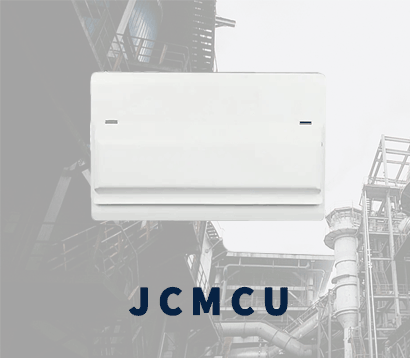 JCMCU
JCMCU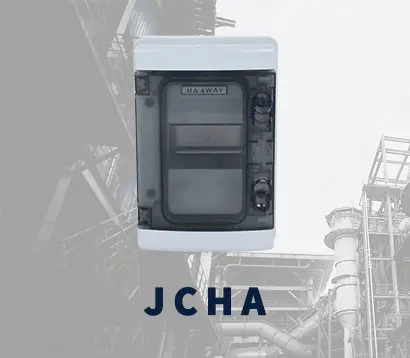 JCHA
JCHA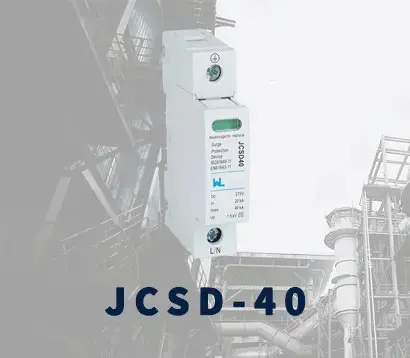 JCSD-40
JCSD-40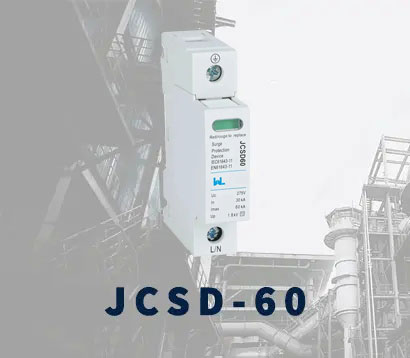 JCSD-60
JCSD-60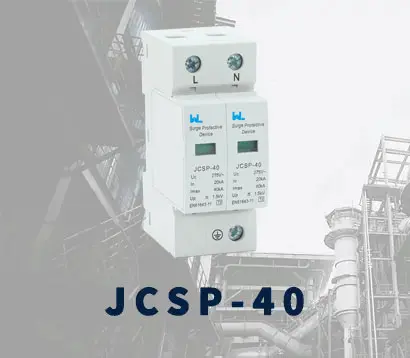 JCSP-40
JCSP-40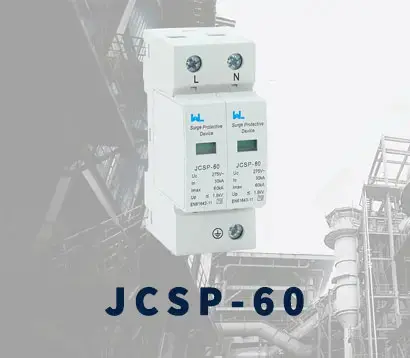 JCSP-60
JCSP-60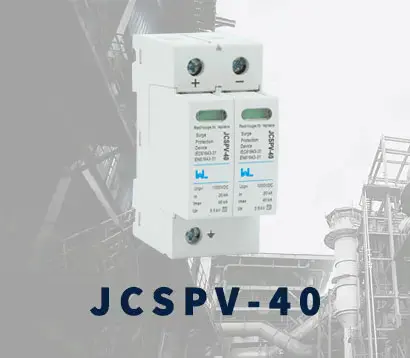 JCSPV
JCSPV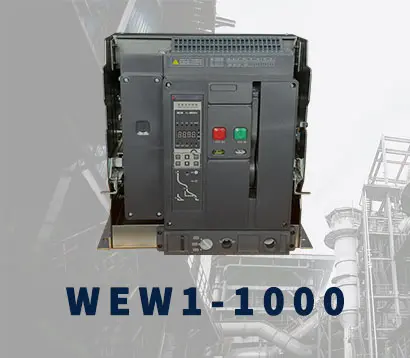 WEW1-1000
WEW1-1000 WEW1-1600
WEW1-1600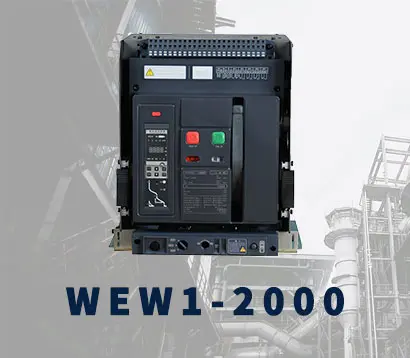 WEW1-2000
WEW1-2000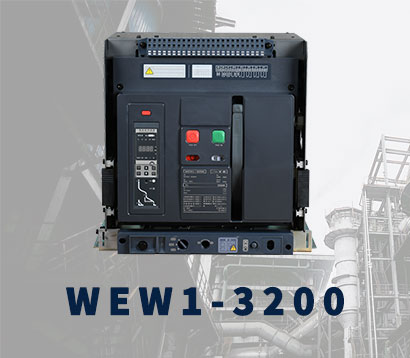 WEW1-3200
WEW1-3200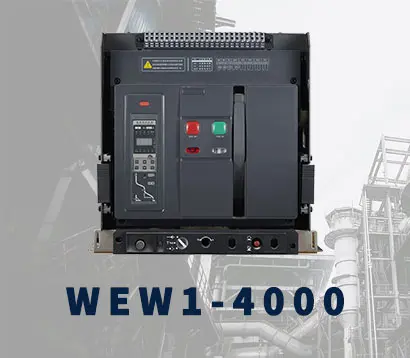 WEW1-4000
WEW1-4000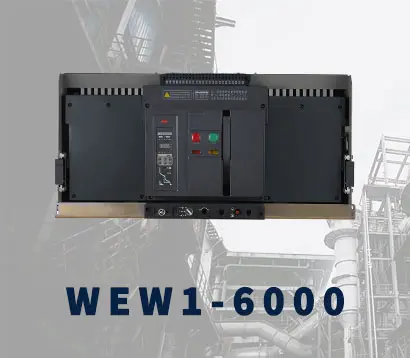 WEW1-6300
WEW1-6300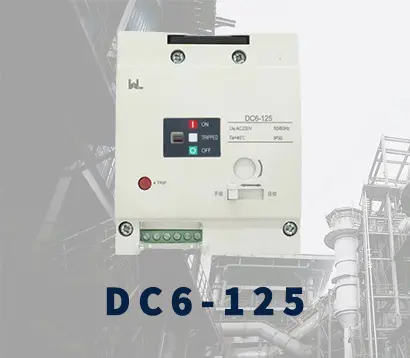 DC6-125
DC6-125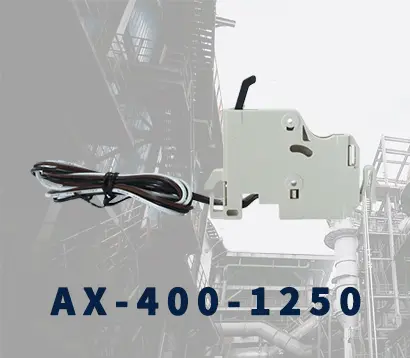 AX-400-1250
AX-400-1250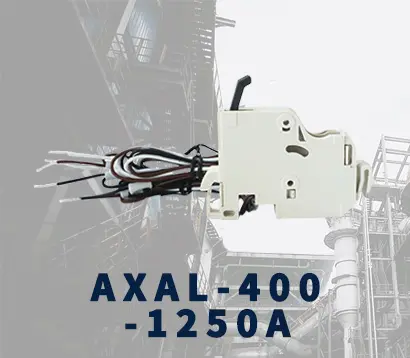 AXAL-400-1250A
AXAL-400-1250A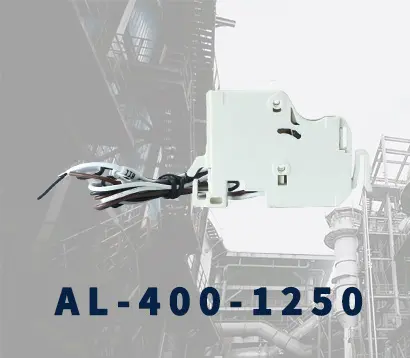 AL-400-1250
AL-400-1250 DC3-160
DC3-160 AXS-400-1250A
AXS-400-1250A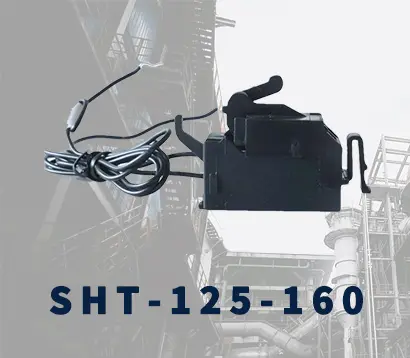 SHT-125-160
SHT-125-160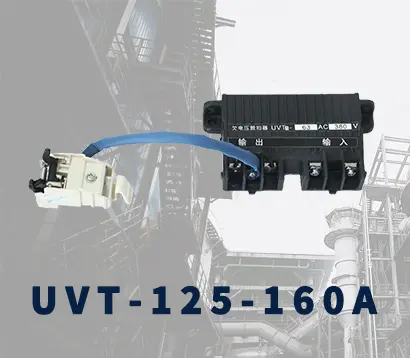 UVT-125-160A
UVT-125-160A P-250A-3P-A
P-250A-3P-A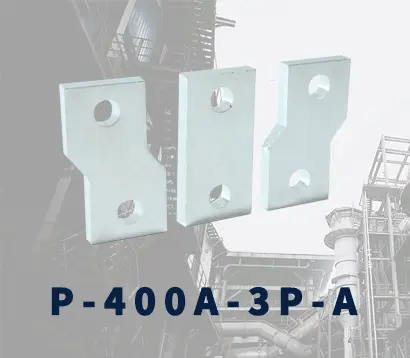 400-3P/4P terminal cover
400-3P/4P terminal cover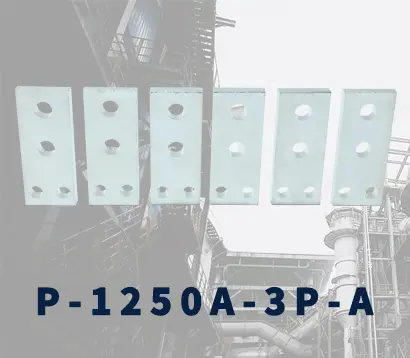 1250-3Pmccb accessories busbar
1250-3Pmccb accessories busbar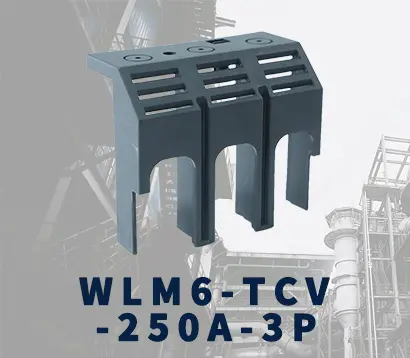 250-3P terminal conver
250-3P terminal conver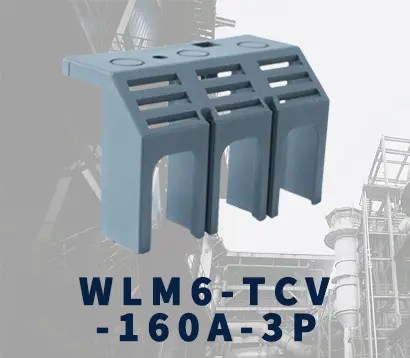 WLM6-TCV-160A-3P
WLM6-TCV-160A-3P WLM6-MIP-250A
WLM6-MIP-250A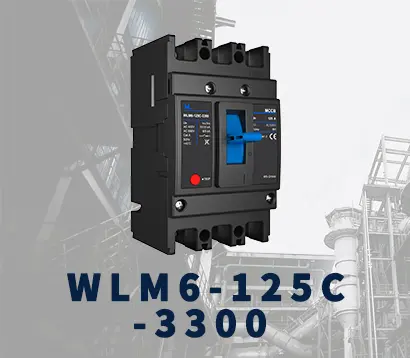 WLM6-125A-3300 3P/4P
WLM6-125A-3300 3P/4P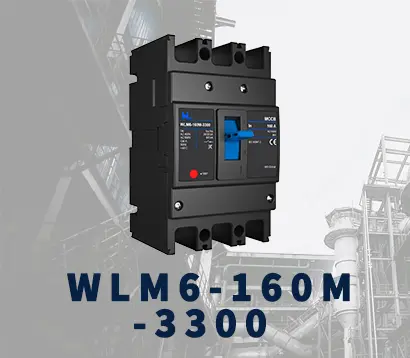 WLM6-160A-3300 3P/4P
WLM6-160A-3300 3P/4P WLM6-250A-3300 3P/4P
WLM6-250A-3300 3P/4P WLM6-400A-3300 3P/4P
WLM6-400A-3300 3P/4P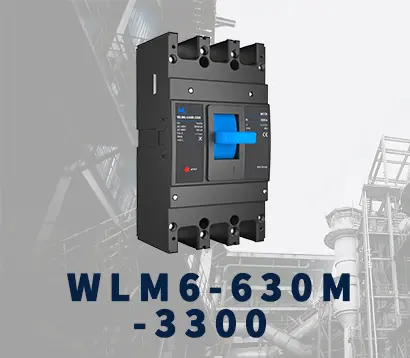 WLM6-630A-3300 3P/4P
WLM6-630A-3300 3P/4P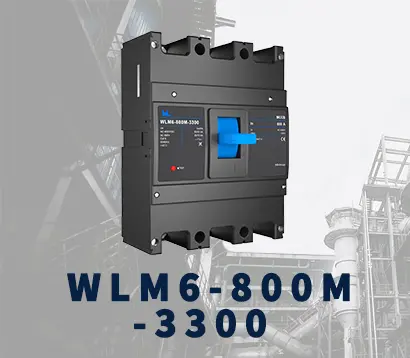 WLM6-800A-3300 3P/4P
WLM6-800A-3300 3P/4P WLM6-1250A-3300 3P/4P
WLM6-1250A-3300 3P/4P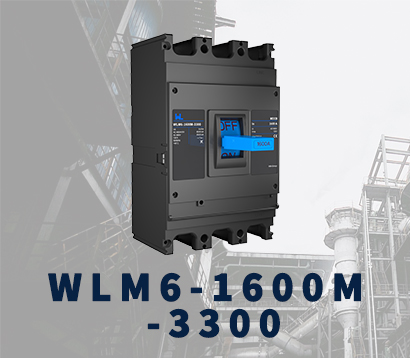 WLM6-1600A-3300 3P/4P
WLM6-1600A-3300 3P/4P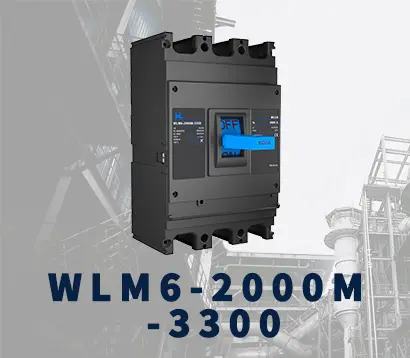 WLM6-2000A 3P/4P
WLM6-2000A 3P/4P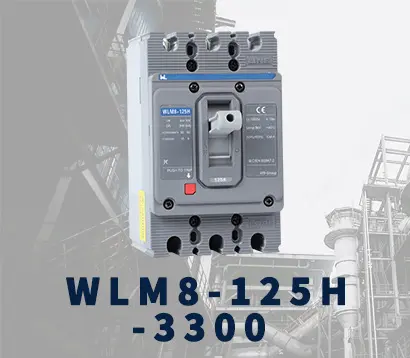 WLM8-125H-3300
WLM8-125H-3300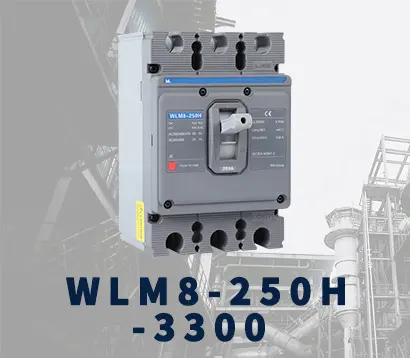 WLM8-250H-3300
WLM8-250H-3300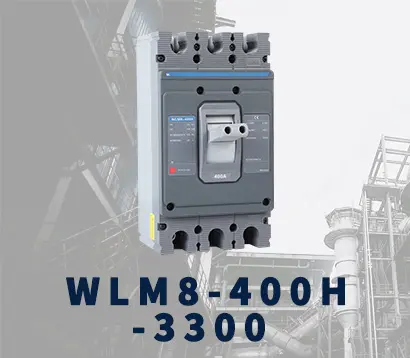 WLM8-400H-3300
WLM8-400H-3300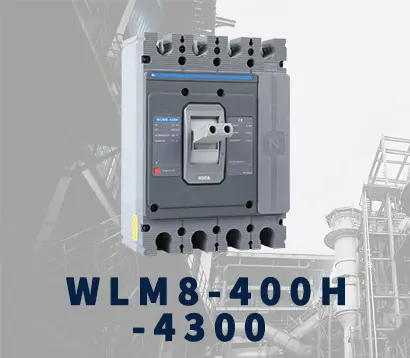 WLM8-400H-4300
WLM8-400H-4300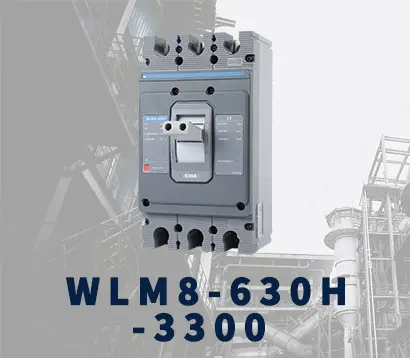 WLM8-630H-3300
WLM8-630H-3300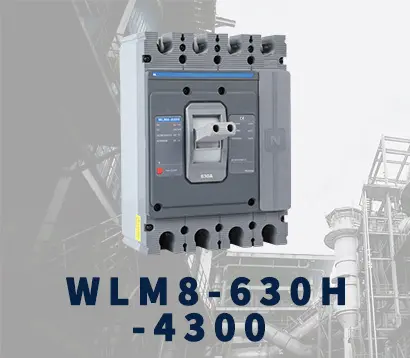 WLM8-630H-4300
WLM8-630H-4300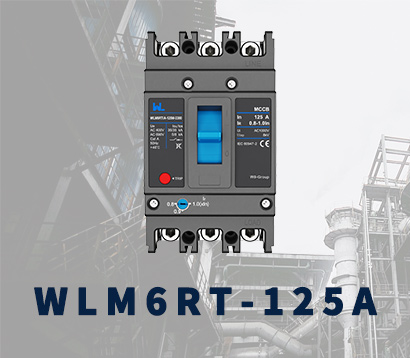 WLM6RT-125A
WLM6RT-125A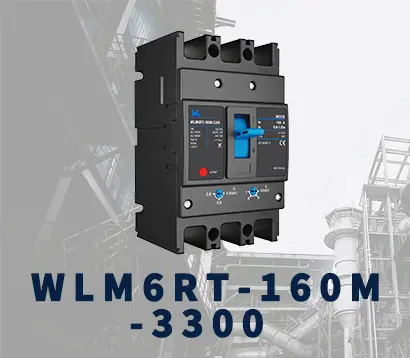 WLM6RT-160A
WLM6RT-160A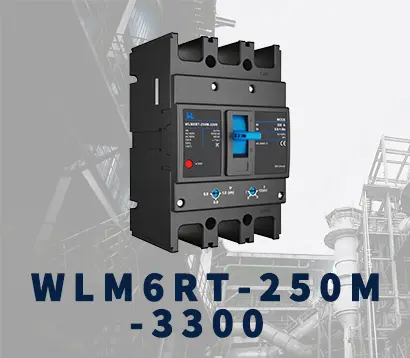 WLM6RT-250A
WLM6RT-250A WLM6RT-400A
WLM6RT-400A WLM6RT-630A
WLM6RT-630A WLM6RT-800A
WLM6RT-800A WLM6RT-1250A
WLM6RT-1250A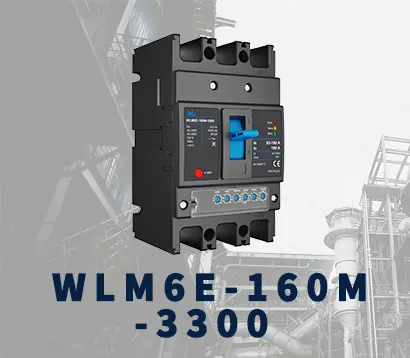 WLM6E-160A-3300 3P
WLM6E-160A-3300 3P WLM6E-250A-3300
WLM6E-250A-3300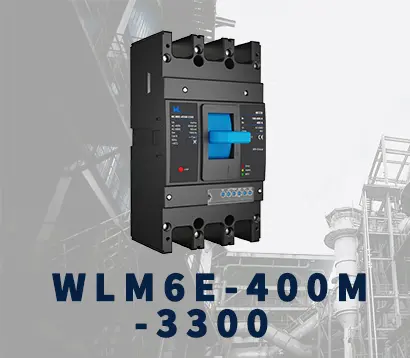 WLM6E-400A-3300 3P/4P
WLM6E-400A-3300 3P/4P WLM6E-630A-3300
WLM6E-630A-3300 WLM6E-800A-3300 3P/4P
WLM6E-800A-3300 3P/4P WLM6E-1250A-3300
WLM6E-1250A-3300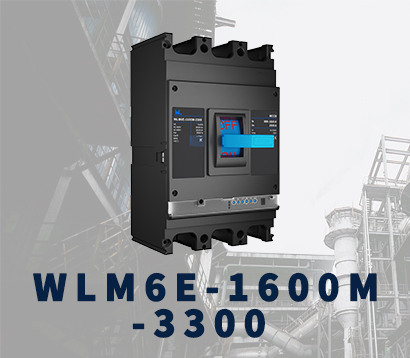 WLM6E-1600-3300 3P/4P
WLM6E-1600-3300 3P/4P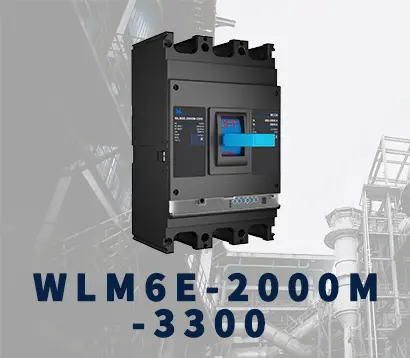 WLM6E-2000A-3300 3P/4P
WLM6E-2000A-3300 3P/4P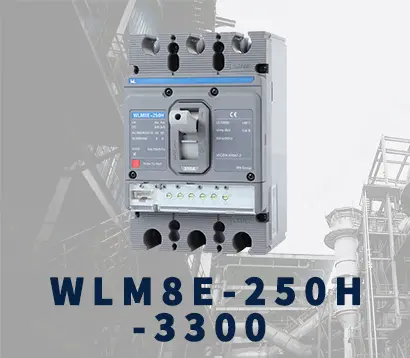 WLM8E-250H-3300
WLM8E-250H-3300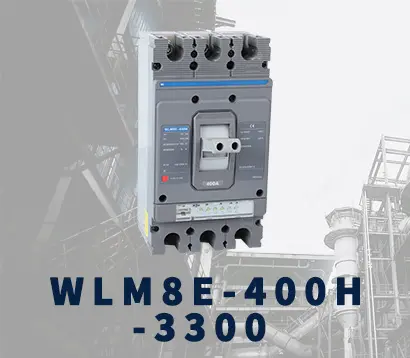 WLM8E-400H-3300
WLM8E-400H-3300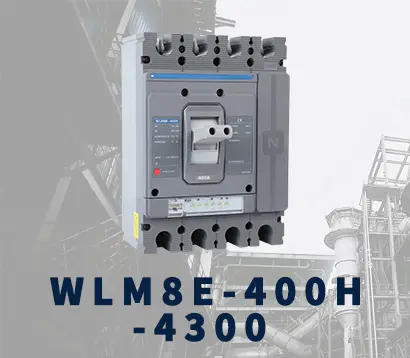 WLM8E-400H-4300
WLM8E-400H-4300 WLM8E-630H-3300
WLM8E-630H-3300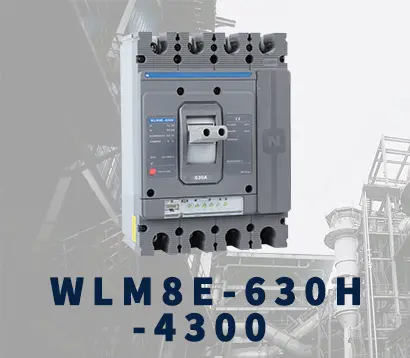 WLM8E-630H-4300
WLM8E-630H-4300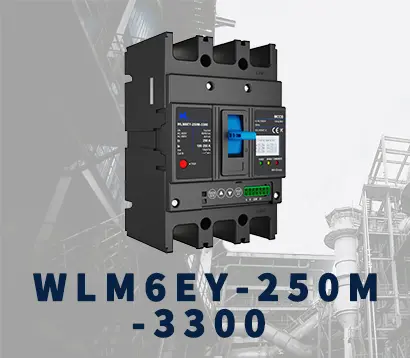 WLM6EY-250-3300 3P/4P
WLM6EY-250-3300 3P/4P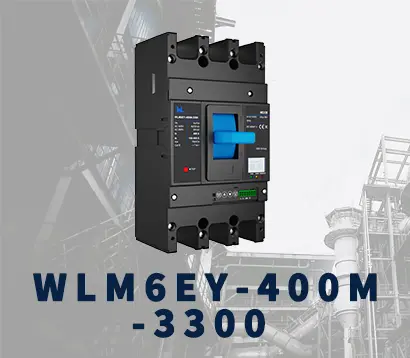 WLM6EY-400 3P/4P
WLM6EY-400 3P/4P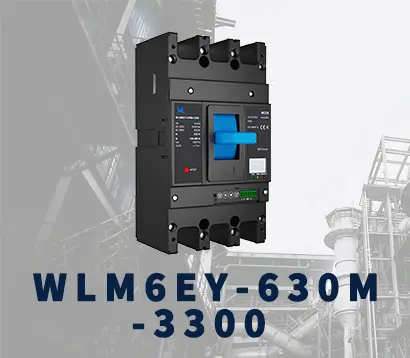 WLM6EY-630 3P/4P
WLM6EY-630 3P/4P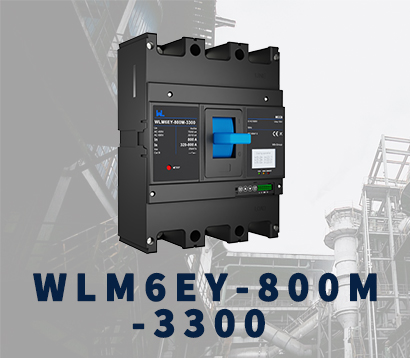 WLM6EY-800A 3P/4P
WLM6EY-800A 3P/4P WLM6EY-1250A 3P/4P
WLM6EY-1250A 3P/4P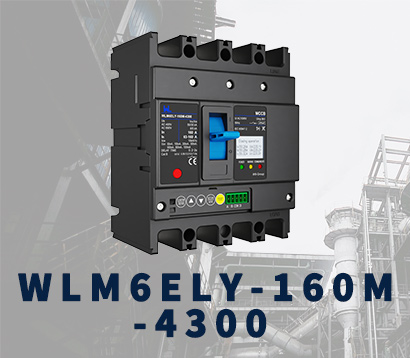 WLM6ELY-160A
WLM6ELY-160A WLM6ELY-250A
WLM6ELY-250A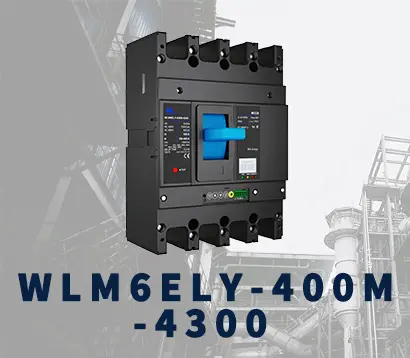 WLM6ELY-400A
WLM6ELY-400A WLM6ELY-800A
WLM6ELY-800A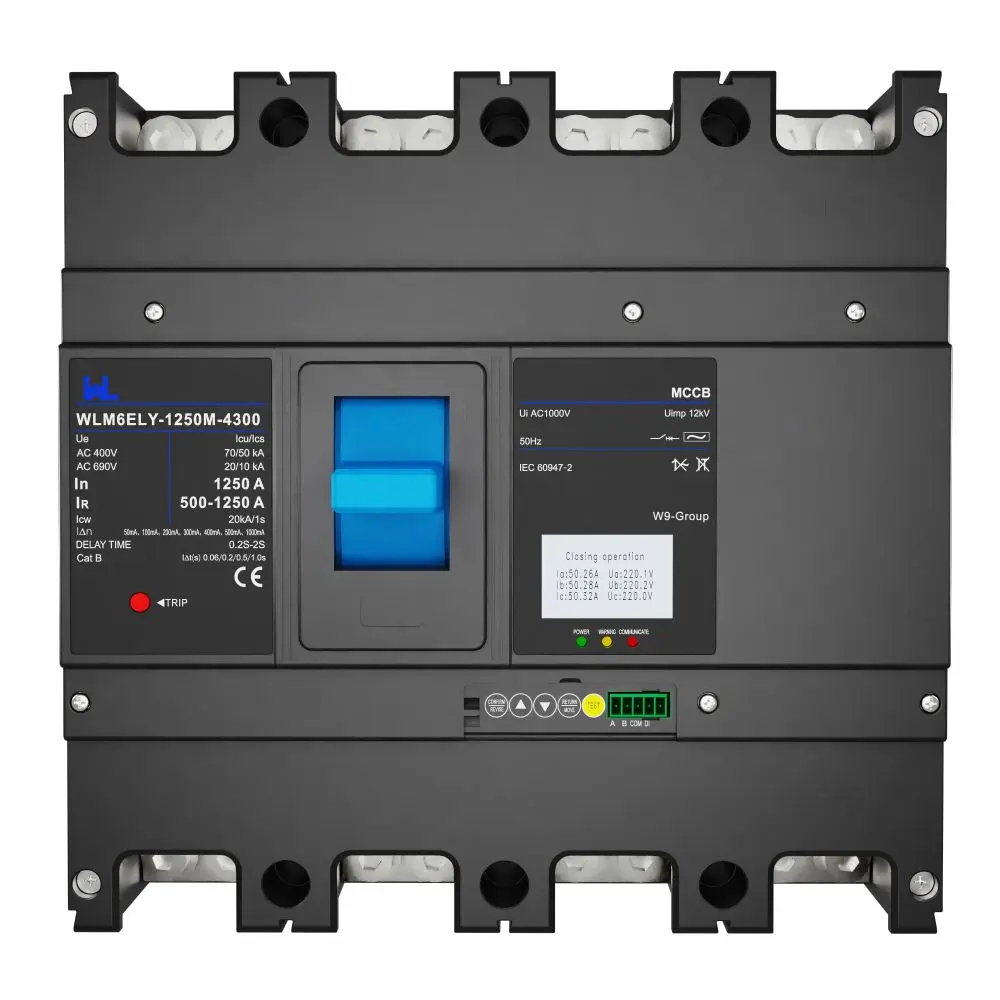 WLM6ELY-1250A
WLM6ELY-1250A WLM8EY-250H-3300
WLM8EY-250H-3300 WLM8EY-400H-3300
WLM8EY-400H-3300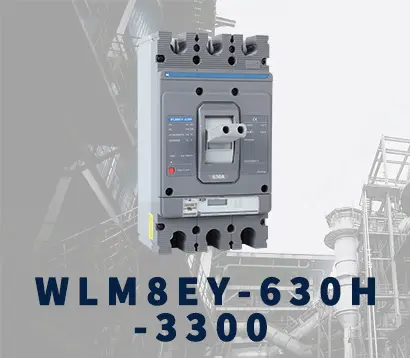 WLM8EY-630H-3300
WLM8EY-630H-3300 WLM6LY-125A
WLM6LY-125A WLM6L-160A
WLM6L-160A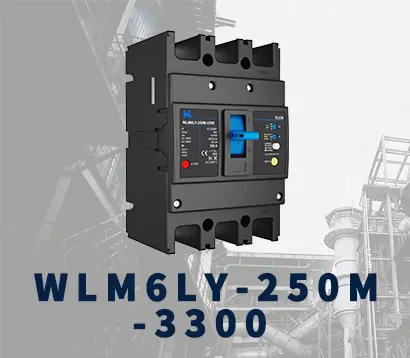 WLM6LY-250A
WLM6LY-250A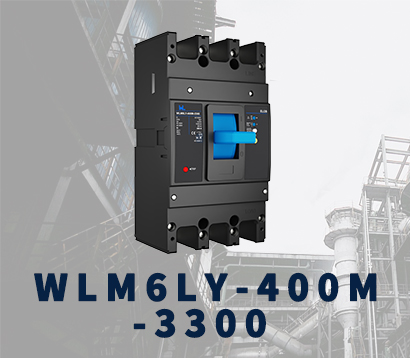 WLM6LY-400A
WLM6LY-400A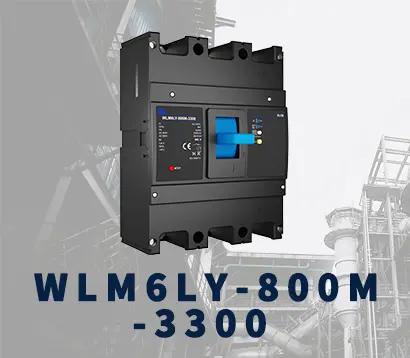 WLM6LY-800A
WLM6LY-800A WLM6LY-630A
WLM6LY-630A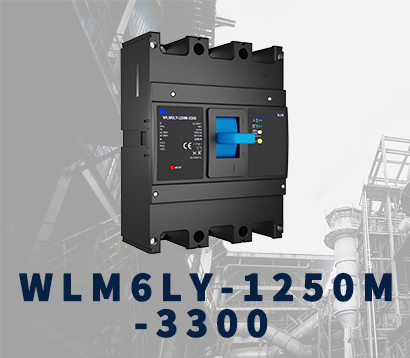 WLM6LY-1250A
WLM6LY-1250A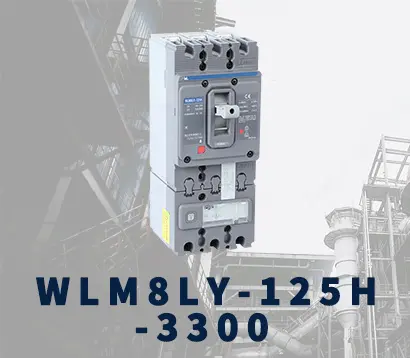 WLM8LY-125H-3300
WLM8LY-125H-3300 WLM8LY-250H-3300
WLM8LY-250H-3300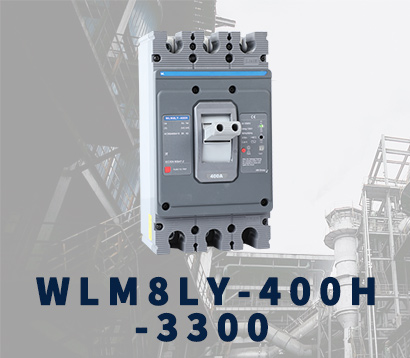 WLM8LY-400H-3300
WLM8LY-400H-3300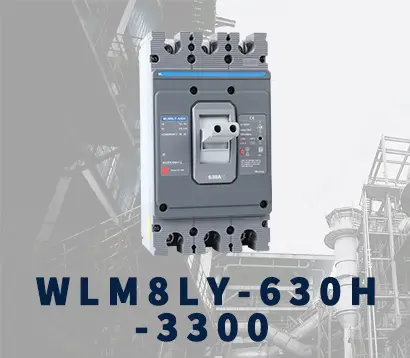 WLM8LY-630H-3300
WLM8LY-630H-3300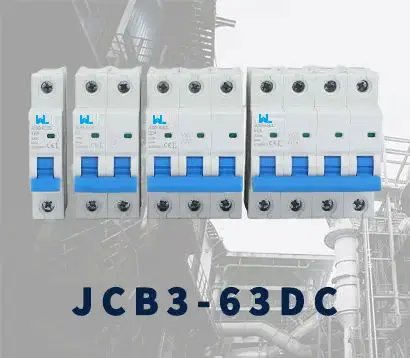 JCB3-63DC
JCB3-63DC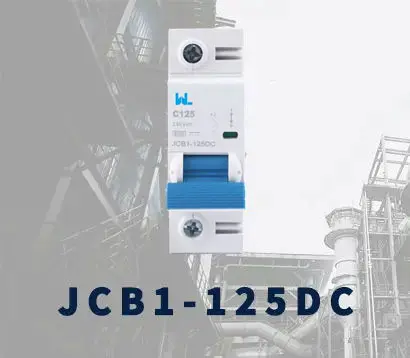 JCB1-125DC
JCB1-125DC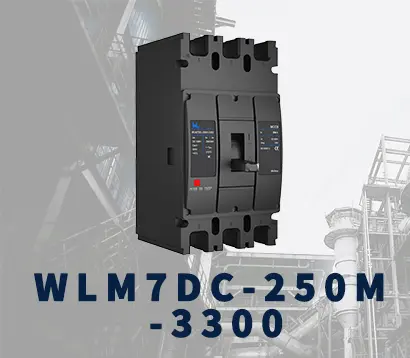 WLM7DC-250A-2300 2P/3P
WLM7DC-250A-2300 2P/3P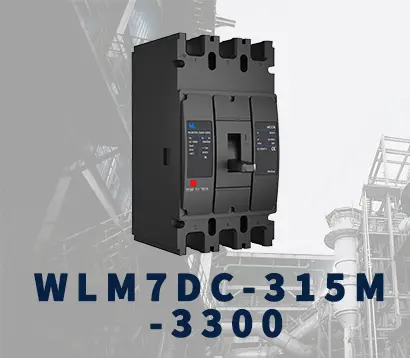 WLM7DC-315A-3300 2P/3P
WLM7DC-315A-3300 2P/3P WLM7DC-400A-2300 2P/3P
WLM7DC-400A-2300 2P/3P WLM7DC-630A-3300 3P
WLM7DC-630A-3300 3P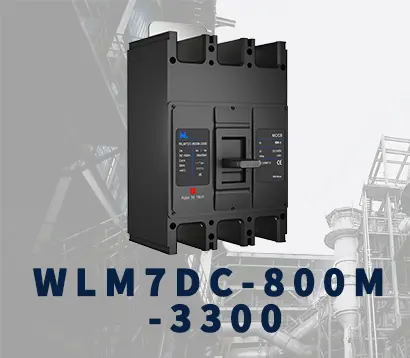 WLM7DC-800A-2300 2P/3P
WLM7DC-800A-2300 2P/3P WLM7DC-400A 2300
WLM7DC-400A 2300 WLM7DC-630A-2300 2P
WLM7DC-630A-2300 2P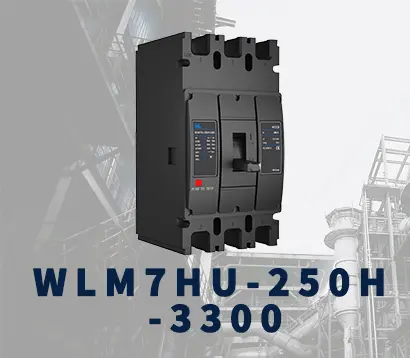 WLM7HU-250-3300 3P
WLM7HU-250-3300 3P WLM7HU-315-3300 3P
WLM7HU-315-3300 3P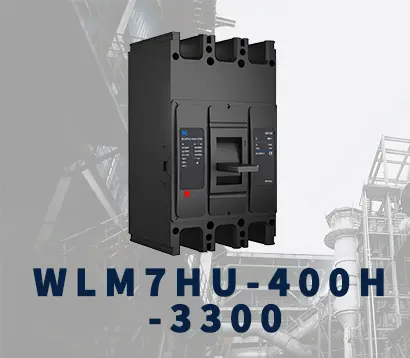 WLM7HU-400-3300 3P
WLM7HU-400-3300 3P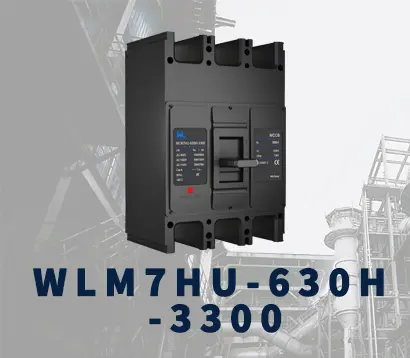 WLM7HU-630-3300 3P
WLM7HU-630-3300 3P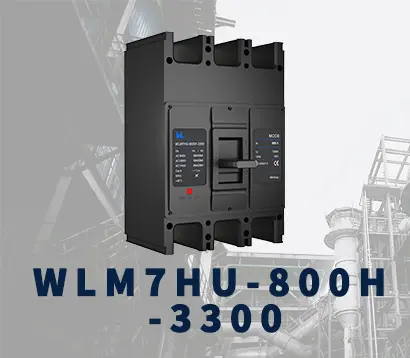 WLM7HU-800-3300 3P
WLM7HU-800-3300 3P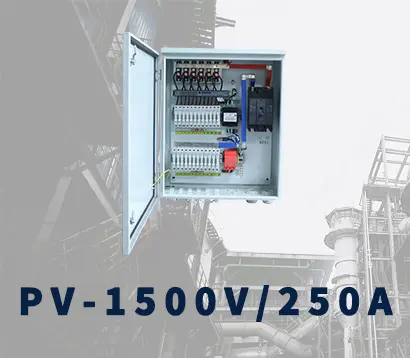 PV-1500V/250A
PV-1500V/250A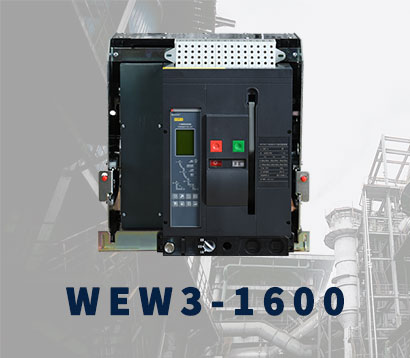 WEW3-1600
WEW3-1600 WEW3-2500
WEW3-2500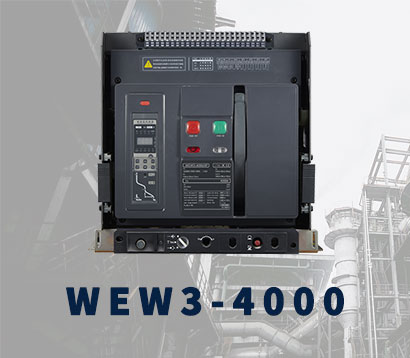 WEW3-4000
WEW3-4000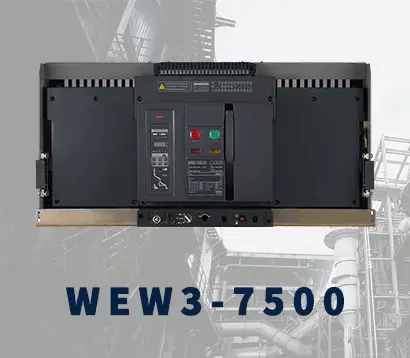 WEW3-7500
WEW3-7500



